Environmental Science Projects: Montessori & Environmental Stewardship
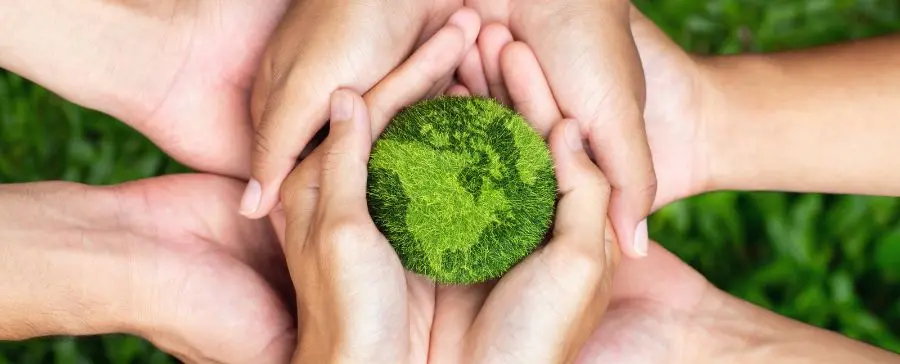
On Earth Day, we often take a moment to think about how education can contribute to raising environmentally aware and responsible individuals. We’re also often on the lookout for ideas for environmental science projects. In this article, we will explore how the Montessori method can instill a deep appreciation for nature among your elementary learners, and we will share some environmental science projects that you can do to help provide a sustainable science education for them.
Table of Contents
- The Montessori Philosophy and Environmental Stewardship
- Integrating Environmental Science Projects With Your Lessons
- Environmental Science Projects Ideas
- Environmental Science Projects That Help Children Connect with Community and Global Initiatives
- The Power of Montessori Education in Cultivating Environmental Awareness
- Try Montessori Laboratory’s Hands-on Science Lessons for Free
The Montessori Philosophy and Environmental Stewardship
The Montessori approach to education is uniquely equipped to foster environmental stewardship in children from a young age as it focuses on holistic learning that is centered around the interdependency between humans and the world around them. Maria Montessori once said, “The land is where our roots are. The children must be taught to feel and live in harmony with the Earth.” This guiding principle is integral to the Montessori method, which fosters a deep appreciation for nature in young learners. By promoting harmony with nature, the Montessori method encourages children to become responsible stewards of the environment and develop a lifelong commitment to sustainability. The Montessori approach also encourages children to explore and understand the interconnectedness of all living things, fostering empathy and a desire to care for our planet.
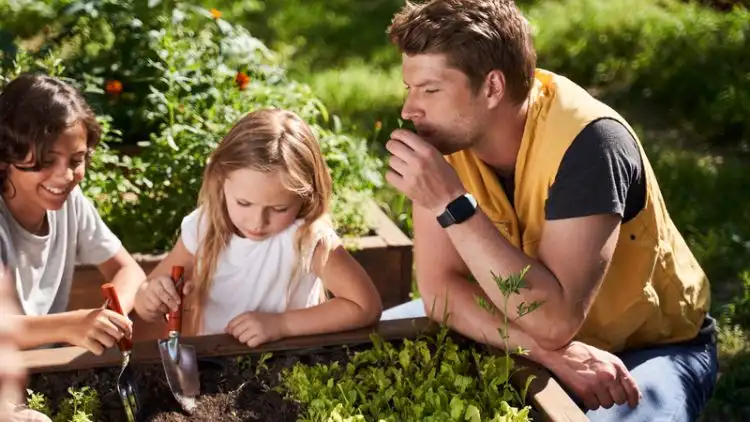
So how does the Montessori approach do this? And how are environmental science projects involved?
By Offering Hands-on Ways to Learn About the Environment
At the heart of the Montessori philosophy is the belief that children learn best through hands-on, experiential learning. Montessori educators create an environment that fosters a child’s innate curiosity and provides opportunities for exploration and discovery. This approach is especially effective in nurturing environmental stewardship, as children are encouraged to interact with the natural world, observe its processes, and develop a sense of wonder and respect for the environment.
By Preparing the Child’s Learning Environment Accordingly
One of the fundamental principles of Montessori education is the prepared environment, which is designed to be aesthetically pleasing, orderly, and purposeful. In a Montessori classroom, children are surrounded by natural materials, such as wood, fabric, and plants, that inspire a connection with the natural world. The prepared environment also encourages children to care for their surroundings and take responsibility for maintaining order, cleanliness, and beauty, which translates to a broader understanding of environmental stewardship.
The prepared environment not only encompasses indoor spaces but also extends to thoughtfully designed outdoor areas. These outdoor spaces often feature elements such as gardens, animals, compost bins, and other eco-friendly installations, creating a natural experimental laboratory for children. In these settings, young learners can explore environmental science concepts and engage in hands-on experiences that deepen their understanding of the world around them. Outdoor environments provide opportunities for children to practice caring for nature, fostering a sense of responsibility and stewardship that will last a lifetime.
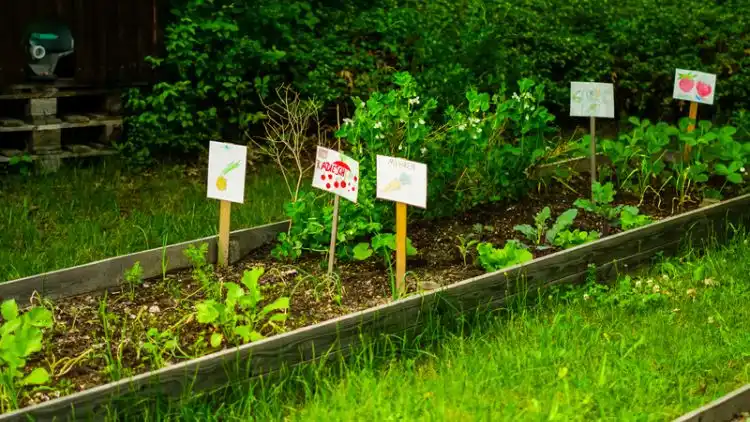
By Integrating Environmental Science Projects with Real-world Questions
In Montessori education, the curriculum is integrated with the real-world in a big-picture way. This integrated approach is particularly effective in teaching sustainable science education, as it allows children to make connections between the natural world, human activities, and their impact on the environment.
For example, elementary-aged Montessori students might do an environmental science project about the water cycle, learning about evaporation, condensation, precipitation, and runoff. This knowledge is then linked to real-world questions, such as how to stop pollution from getting into our waterways.
By Doing Practical Life Activities Alongside Environmental Science Projects
In addition to academic learning, Montessori education emphasizes practical life skills and activities that promote environmental stewardship. Children are taught to reduce waste by composting and conserving energy and water. They also engage in gardening and learn about the interdependence of plants, animals, and humans within ecosystems, fostering a sense of responsibility for preserving the balance of nature.
Integrating Environmental Science Projects With Your Lessons
Hands-on environmental science projects are a cornerstone of the Montessori approach to sustainable science education. These activities allow children to engage with the natural world actively, observe scientific phenomena, and develop a deeper understanding of environmental processes and challenges.
One example of a topic that you can do a plethora of environmental science projects on that can be incorporated into the Montessori curriculum is erosion. Children can explore the forces of water, wind, and ice as they break down rocks and soil, as well as the transportation and deposition of these materials in new locations. Through hands-on experiments and interactive activities, such as model erosion experiments or examining soil samples, children gain a deeper appreciation for the dynamic nature of our planet.
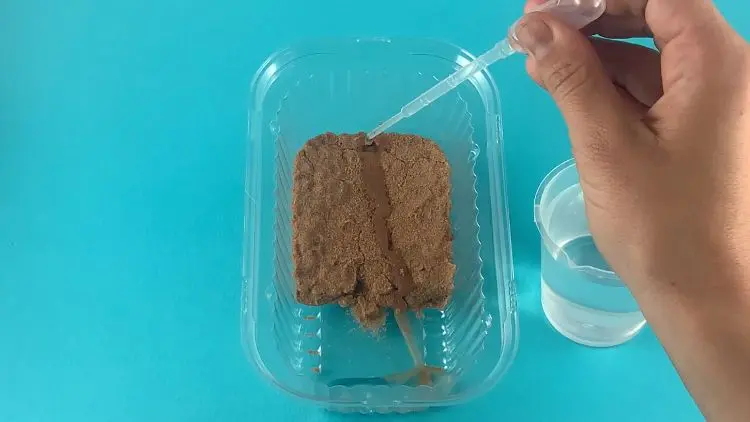
By connecting these concepts to real-world challenges like soil degradation, deforestation, and coastal erosion, students develop a sense of responsibility and awareness for the need to preserve and maintain our Earth’s diverse ecosystems.
Environmental Science Projects Ideas
- Making a model using a spray bottle as rain to see exactly how pollution gets into our water systems through runoff.
- Investigating the role of decomposers in breaking down organic matter by creating a compost bin and observing the decomposition process over time.
- Working as an engineer to come up with a man-made way to help prevent erosion.
- Conducting a waste audit to investigate the types of waste generated in the classroom or at home, and explore ways to reduce that waste.
- Proving that greenhouse gases, like carbon dioxide, help air retain heat by capturing some CO2 in a container and putting it out in the sun.
- Using a sticky substance to catch particulate matter in the air, and see what’s in the wind blowing through your environment.
- Going on a nature walk to observe how plants grow throughout man-made cities.
- Studying the effects of pollution on plants by exposing them to different pollutants.
These environmental science projects deepen children’s understanding of ecological processes but also instill a sense of responsibility for the well-being of our planet.
Environmental Science Projects That Help Children Connect with Community and Global Initiatives
Montessori education emphasizes the importance of children becoming responsible global citizens. To nurture environmental stewardship, Montessori schools often engage with the local community and participate in global initiatives, such as Earth Day events, tree planting campaigns, and beach clean-ups. These meaningful activities are often of great interest to the children, and provide them with the opportunity to see the tangible impact of their efforts and understand the power they have to make a positive difference in the world.

In addition, Montessori schools often collaborate with environmental organizations and experts to provide students with access to real-world knowledge and experiences. These types of learning experiences are often a by-product of the “going out” program that is implemented in Montessori elementary classrooms, where small groups of students studying the same thing travel to a location beyond their classroom walls where they can find out more information. By engaging with professionals who are actively working as environmental stewards, children gain insights into potential career paths in sustainable science and develop a sense of purpose and commitment to environmental stewardship.
The Power of Montessori Education in Cultivating Environmental Awareness
The Montessori approach to education provides a powerful framework for nurturing environmental stewardship in elementary-aged children. Through hands-on, experiential learning, an integrated curriculum, and a focus on practical life skills, Montessori education cultivates a deep appreciation for the natural world and fosters a sense of responsibility for its preservation. By doing environmental science projects and participating in community and global initiatives, Montessori students are empowered to become conscientious and proactive stewards of our planet.
Try Montessori Laboratory’s Hands-on Science Lessons for Free
Did you enjoy the kitchen chemistry experiments we shared with you? Are you interested in seeing what Montessori Laboratory’s big-picture lessons, hands-on experiments, and engaging science activities are all about? Check out the free lessons below!
The First Great Lesson
Where did the stars come from? And the Sun? How was our Earth created? And what about the rest of…
Combining and Separating
Why does sand settle to the bottom of the ocean, but salt mixes in? How do people get sea salt out…
How Did Humans Discover Fire?
When did we start using fire? What 3 components does fire need to burn?
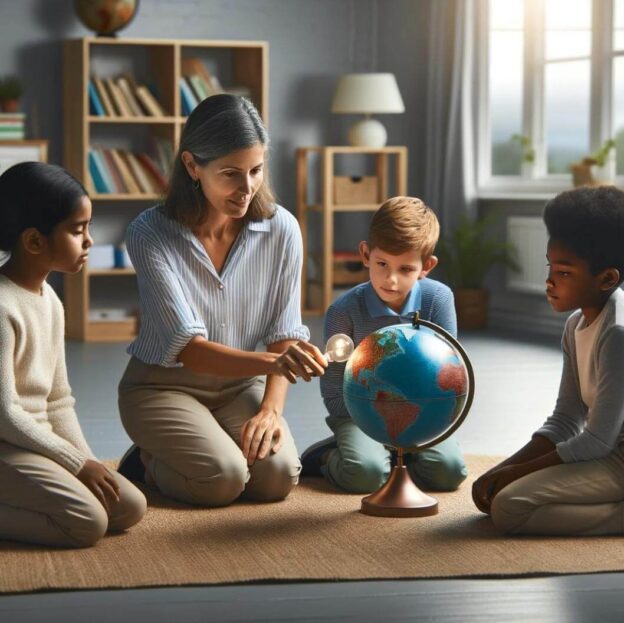
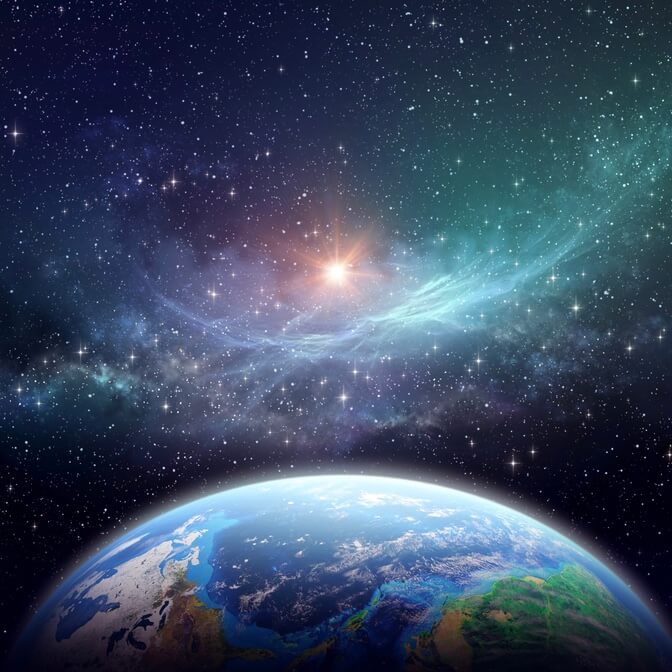

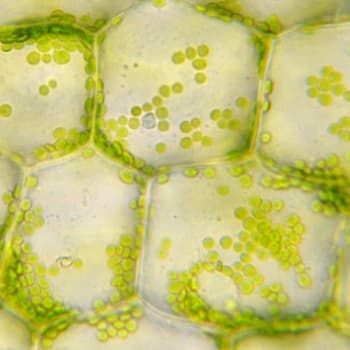

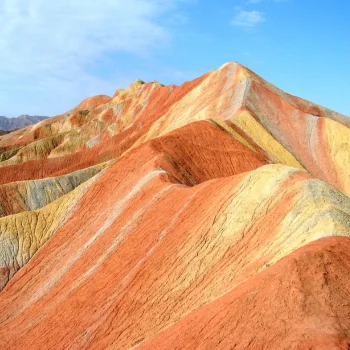
Responses